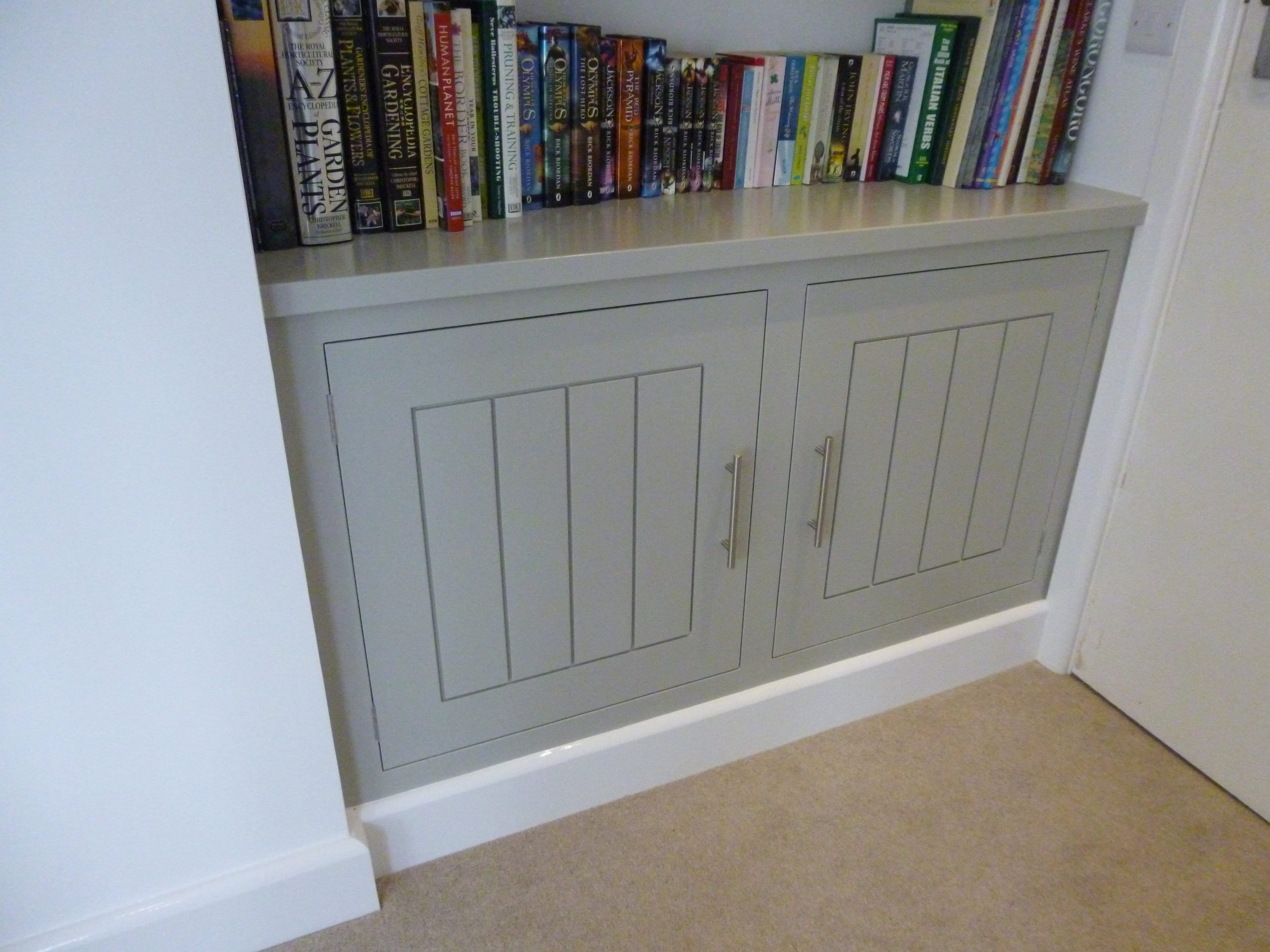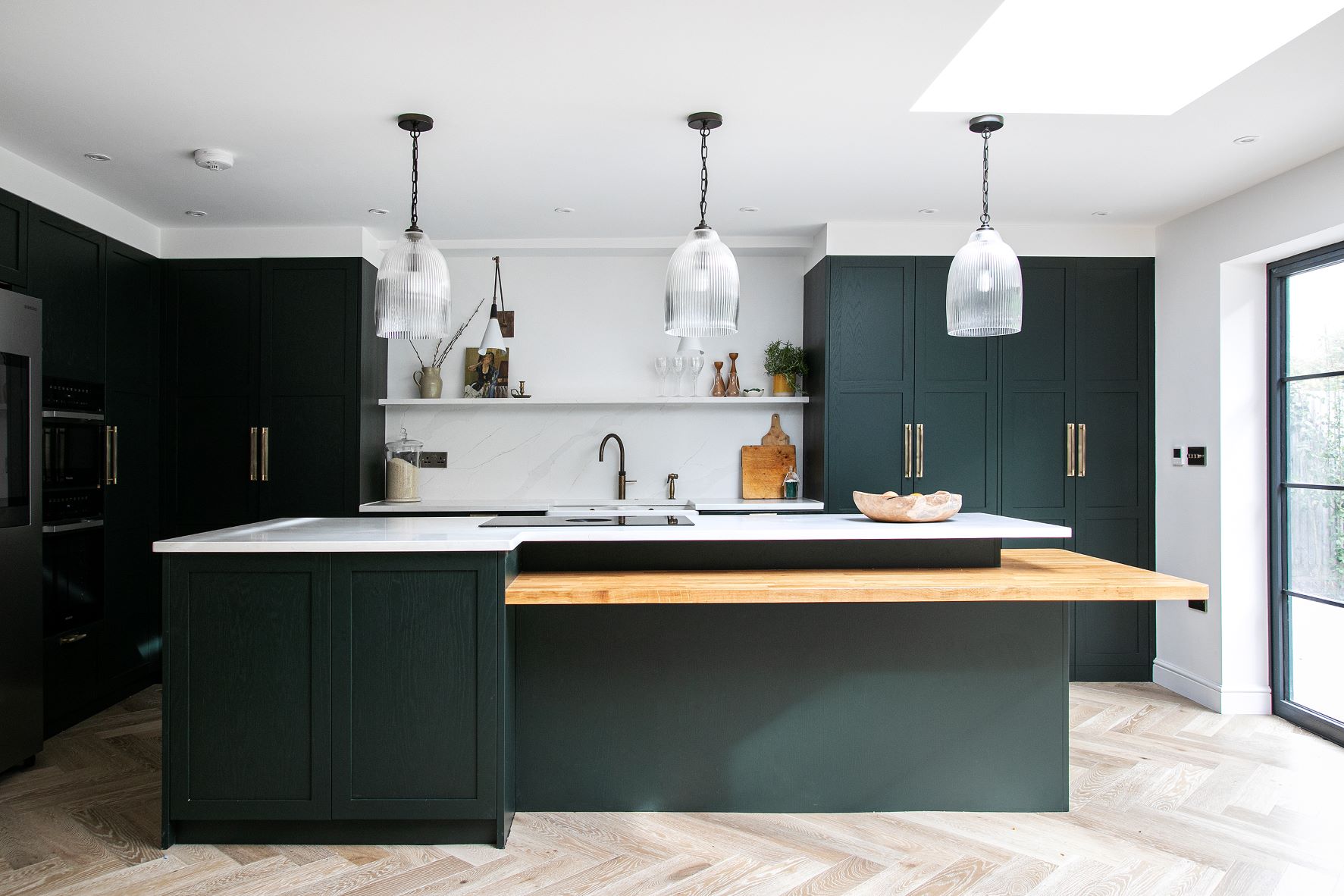Types of Kitchen Cabinet Doors in the UK: Kitchen Cabinet Doors Uk

The UK kitchen market offers a diverse range of cabinet door styles, catering to various tastes and budgets. Choosing the right style significantly impacts the overall aesthetic and functionality of the kitchen. This section details the most popular styles, their material composition, and associated attributes.
Popular Kitchen Cabinet Door Styles and Materials
The selection of kitchen cabinet doors involves considering style, material, and finish. The following table summarizes popular choices in the UK market.
| Style | Material | Finish | Description |
|---|---|---|---|
| Shaker | Solid Wood (Oak, Beech, etc.), MDF, Medium-Density Fibreboard | Painted, Lacquered, Stained | Characterised by a simple, raised-panel design with a recessed centre panel. Offers a classic and timeless appeal, suitable for both traditional and contemporary kitchens. Solid wood provides superior durability and longevity, while MDF offers a more budget-friendly option. Painted finishes are highly versatile and easily cleaned, while stained finishes highlight the wood grain. |
| Slab | MDF, Acrylic, Thermofoil | Painted, Lacquered, High-gloss | Features a flat, smooth door front with no visible framework or detailing. Provides a sleek, modern look. MDF is a common and cost-effective material. Acrylic and thermofoil offer durability and resistance to moisture and scratches. High-gloss finishes create a contemporary and reflective aesthetic. |
| Traditional | Solid Wood (Oak, Cherry, etc.), MDF | Stained, Painted, Lacquered | Incorporates ornate detailing, such as carvings, raised panels, and decorative mouldings. Solid wood is preferred for its inherent strength and the ability to showcase intricate designs. Stained finishes are often used to enhance the natural beauty of the wood. Traditional styles are best suited for period properties or kitchens with a classic design scheme. |
| In-frame | Solid Wood, MDF | Painted, Stained, Lacquered | Features a raised panel within a visible frame. This style offers a classic and elegant look, combining the clean lines of a shaker style with the added detail of a frame. It can be used in both traditional and contemporary kitchens. |
Material Comparison: Durability, Cost, and Aesthetic Appeal, Kitchen cabinet doors uk
The choice of material significantly impacts the durability, cost, and aesthetic appeal of kitchen cabinet doors. Solid wood, while the most expensive, offers superior durability and a luxurious look. Its natural grain patterns provide unique character. MDF is a more budget-friendly alternative, offering good stability and the ability to accept various finishes. However, it is less resistant to moisture than solid wood. Acrylic and thermofoil offer high durability and resistance to scratches and moisture, making them suitable for high-traffic areas. Vinyl-wrapped doors provide a cost-effective solution but might not be as durable as other options.
Visual Representation of Kitchen Cabinet Door Styles
Kitchen cabinet doors uk – Image 1: Shaker Style Kitchen – Imagine a kitchen with light oak shaker cabinets. The doors have a simple, recessed panel design, creating a clean and classic look. The light oak provides warmth, and the overall feel is one of understated elegance, suitable for a family kitchen.
Image 2: Slab Style Kitchen – Picture a modern kitchen with sleek, high-gloss white slab doors. The absence of any detailing creates a minimalist and contemporary aesthetic. The high-gloss finish adds a touch of sophistication and reflects light, making the kitchen appear larger. This style would be ideal for a smaller, modern apartment.
Image 3: Traditional Style Kitchen – Envision a kitchen with dark cherry wood traditional cabinets. The doors are adorned with intricate carvings and raised panels, creating a rich and opulent look. The dark wood adds warmth and depth, creating a luxurious feel. This style would be appropriate for a larger, more formal kitchen in a period property.
Sourcing and Purchasing Kitchen Cabinet Doors in the UK

Purchasing new kitchen cabinet doors in the UK offers a range of options, each with its own advantages and disadvantages concerning price, delivery, and customization. Careful consideration of these factors is crucial for a successful renovation project. This section details the various sourcing avenues and the process of acquiring and installing replacement doors.
Options for Purchasing Kitchen Cabinet Doors
The UK market provides diverse avenues for sourcing kitchen cabinet doors, each catering to different budgets and needs. Choosing the right supplier depends on factors like budget, desired level of customization, and timeframe.
- Online Retailers: Online retailers offer a wide selection of styles and materials at competitive prices. Many provide a convenient online design tool, allowing customers to visualize their chosen doors in their kitchen. Delivery is typically handled by couriers, with lead times varying depending on the supplier and stock availability.
- Advantages: Wide selection, competitive pricing, convenient online ordering and design tools.
- Disadvantages: Potential for longer delivery times, reliance on online reviews and images, higher risk of damage during shipping.
- Local Suppliers: Local suppliers often offer personalized service and shorter lead times compared to online retailers. They may provide a more comprehensive consultation, helping customers choose doors that best suit their kitchen style and budget. Delivery is often handled directly by the supplier or a local courier.
- Advantages: Personalized service, shorter lead times, potential for local installation services.
- Disadvantages: Limited selection compared to online retailers, potentially higher prices.
- DIY Stores: DIY stores offer a readily available selection of ready-to-assemble and pre-made kitchen cabinet doors, often at competitive prices. These are usually a more economical choice, suitable for simple replacement projects. Delivery is usually in-store pickup or home delivery through the store’s service.
- Advantages: Convenient access, readily available stock, competitive pricing for standard sizes.
- Disadvantages: Limited customization options, restricted selection of styles and materials.
Measuring for and Ordering Custom-Sized Kitchen Cabinet Doors
Accurately measuring existing cabinet doors is paramount for ordering custom-sized replacements. Inaccurate measurements will result in ill-fitting doors. The process typically involves measuring the height, width, and depth of each door, along with the type of hinges and any special features. Many suppliers provide detailed measurement guides and templates. Lead times for custom-sized doors can range from several weeks to several months, depending on the supplier and the complexity of the order. Customization options may include the choice of wood type, finish, handle style, and glazing.
Installing New Kitchen Cabinet Doors
Installing new kitchen cabinet doors requires careful planning and execution. The process generally involves removing the old doors, hinges, and handles, then fitting the new doors and hardware. Various methods exist for installing the doors and hinges, including using pre-drilled holes, self-closing hinges, and concealed hinges.
| Installation Method | Description | Advantages | Disadvantages |
|---|---|---|---|
| Standard Hinge Installation | Using standard hinges with pre-drilled holes. | Simple and straightforward. | Can be visible, may require more precise measurements. |
| Self-Closing Hinge Installation | Using hinges with built-in closing mechanisms. | Convenience and smooth closing. | More expensive than standard hinges. |
| Concealed Hinge Installation | Using hinges that are hidden from view. | Clean and modern aesthetic. | More complex installation, requires specific tools. |
- Preparation: Gather necessary tools (screwdriver, drill, measuring tape, level, etc.) and remove old doors, hinges, and handles.
- Fitting New Hinges: Attach new hinges to the doors and cabinet frames, ensuring proper alignment and using appropriate screws.
- Installing Doors: Carefully hang the new doors onto the hinges, ensuring they are level and properly aligned.
- Attaching Handles: Install new handles or knobs, ensuring they are securely fastened.
- Final Adjustments: Check for any misalignments and make necessary adjustments to ensure proper door function and aesthetic appeal.
Maintaining and Updating Kitchen Cabinet Doors

Maintaining kitchen cabinet doors is crucial for preserving their aesthetic appeal and extending their lifespan. Regular cleaning and preventative maintenance can significantly reduce the need for costly repairs or replacements. Proper care varies depending on the material of the doors, so understanding your door type is the first step.
Maintaining Kitchen Cabinet Doors
The longevity of your kitchen cabinet doors hinges on consistent care. Ignoring minor issues can lead to more significant problems down the line. The following points Artikel a practical approach to maintaining different types of kitchen cabinet doors.
- Wood Doors: Regular dusting with a soft cloth prevents the accumulation of grease and grime. For deeper cleaning, use a mild detergent solution and a damp cloth, ensuring thorough drying afterward to prevent warping. Apply wood polish periodically to maintain the finish and protect against moisture damage. Avoid harsh chemicals and abrasive cleaners.
- MDF (Medium-Density Fibreboard) Doors: MDF doors are susceptible to moisture damage. Clean with a damp cloth and mild detergent, again ensuring complete drying. Regularly inspect for any signs of swelling or damage. A protective sealant can help increase their resistance to moisture.
- Laminate Doors: Laminate doors are generally durable and easy to clean. A damp cloth and mild detergent are usually sufficient. Avoid abrasive cleaners or scouring pads that can scratch the surface. Minor scratches can often be buffed out with a specialized laminate cleaner.
- Vinyl-Wrapped Doors: Similar to laminate, vinyl-wrapped doors are relatively low-maintenance. Clean with a damp cloth and mild detergent. Avoid harsh chemicals that could damage the vinyl wrap. Check for peeling or lifting at the edges and address these issues promptly.
Common Problems and Preventative Measures
Several issues commonly affect kitchen cabinet doors. Addressing these problems promptly can prevent more extensive damage and costly repairs.
- Scratches: Scratches are common, particularly on wood and laminate doors. Minor scratches can often be buffed out with appropriate polishing compounds. Deeper scratches may require touch-up paint or refinishing.
- Dents: Dents are more common on softer materials like wood and MDF. Gentle pressure from behind the dent, sometimes with a damp cloth and heat from a hairdryer, can sometimes help to lift the dent. Severe dents may require professional repair or replacement.
- Water Damage: Water damage is a significant concern for all types of kitchen cabinet doors. Promptly wipe up spills and ensure adequate ventilation to prevent moisture buildup. Consider applying a water-resistant sealant to enhance protection, especially in high-humidity areas.
- Loose Hinges or Handles: Over time, hinges and handles can loosen. Tightening screws can usually resolve this issue. If screws are stripped, consider replacing them with slightly longer screws or using wood glue to reinforce the screw holes.
Repainting or Refinishing Kitchen Cabinet Doors
Repainting or refinishing can revitalize old or damaged kitchen cabinet doors, offering a cost-effective alternative to replacement. This process requires careful preparation and execution.
Proper preparation is key to a successful paint job. Thorough cleaning and sanding are essential steps.
- Preparation: Remove the doors from the cabinets. Clean them thoroughly with a degreaser to remove grease and grime. Sand the surface smoothly using progressively finer grit sandpaper (starting with a coarser grit and finishing with a fine grit). Fill any dents or imperfections with wood filler, allowing it to dry completely and then sanding it smooth.
- Priming: Apply a high-quality primer suited to the type of paint you intend to use (e.g., oil-based or water-based). Allow the primer to dry completely according to the manufacturer’s instructions.
- Painting: Apply several thin coats of paint, allowing each coat to dry completely before applying the next. Use smooth, even strokes to avoid brush marks. Consider using a spray gun for a smoother finish, though this requires more specialized equipment and skill.
- Finishing: Once the paint is dry, apply a clear sealant or varnish to protect the finish and enhance durability. Allow the sealant to dry completely.
- Reinstallation: Once everything is dry, carefully reinstall the doors and handles. Ensure all hinges are properly aligned and secured.
